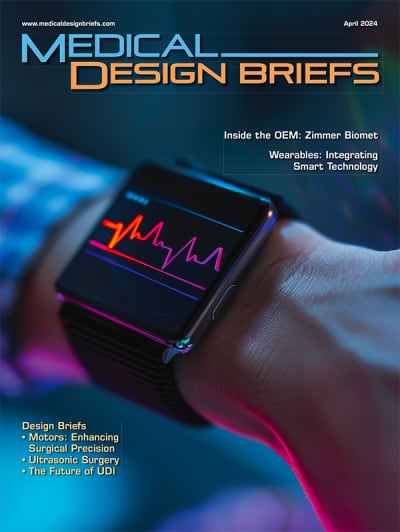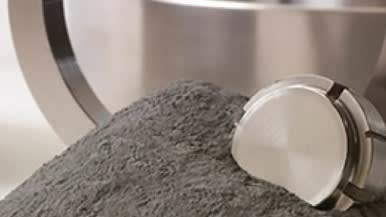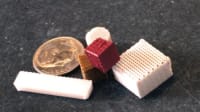A team of researchers at researchers at the Fraunhofer Institute for Manufacturing Technology and Advanced Materials IFAM in Bremen, Germany, have developed load bearing, biodegradable implants that are completely degradable in the body. As a first step, they have used powder injection molding to manufacture a suture anchor, which does not need to be removed in a second operation.
The shoulder is highly mobile, but it is also sensitive and prone to injury, especially by athletes. The most common complaints include tendon rupture, which have to be treated surgically. The surgeon fastens the cracks using suture anchors. Such implants are usually made of titanium or non-degradable polymers, with the disadvantages that either they remain in the body even after healing has occurred or doctors have to remove them in a second procedure.
The researchers, working in conjunction with the Fraunhofer Institutes for Laser Technology ILT, for Biomedical Engineering IBMT and for Interfacial Engineering and Biotechnology IGB, established a materials and technology platform to produce degradable bone implants for use in trauma surgery and orthopedics. The materials can be absorbed by the body gradually while new bone tissue is formed. So, a prime consideration is developing materials with specifically adjustable degradation. To do so, researchers are relying on metal-ceramic composites.
A metal component based on an iron alloy is being combined with beta-tricalcium phosphate as the ceramic component using a powder injection molding process, which offers the ability to produce complex structures cost-effectively and in large numbers. Properties such as density and porosity can be controlled selectively. And, since the materials are available as powders, they can be mixed in any proportion prior to processing.
In laboratory experiments, the researchers say that they have found the optimum composition of the materials for the suture anchor using 60 percent iron and 40 percent ceramic. They say that the shoulder anchor would be absorbed by the body within one to two years.























